 |
| Search |
|
|

|
 |
ACIG Special Reports
IAF TRAINERS - II
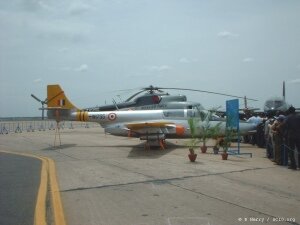
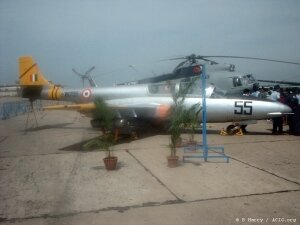
The PZL TS-11 Iskra is the IAF's second IJT type, catering for Stage-IIA training. This example (W-1755) is from the IAF's Fighter Training Wing (FTW) at Hakimpet. Both the Kiran and Iskra IJTs have been in service since 1968 and are scheduled to be replaced by the HAL HJT-36.
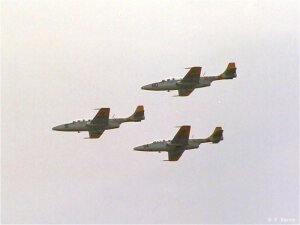
Iskras WS-1760, WS-1764 and WS-1791 in a "vic" 3 ship formation.
VAJRA vs BAAZ
The comparison between Russian and Western systems is an endless debate that rages on. Both sides have had a fair share of successes and failures. In IAF hands, aircraft and systems of Soviet/Russian origin have always delivered, often exceeding design parameters, wheras in many other cases worldwide, Western systems (of the same class) have always enjoyed a certain degree of respect over the former. However, when asked to generically compare Russian and Western systems, the IAF puts forth an important point that is often never even brought up - "The performance of any system mostly depends on how well it is maintained by the end user". The IAF uses two types under a similar class, namely the Mikoyan MiG-29 'Baaz' and Dassault Mirage-2000H 'Vajra' each representing the 'Russian' and 'Western' elements of the airforce, respectively.
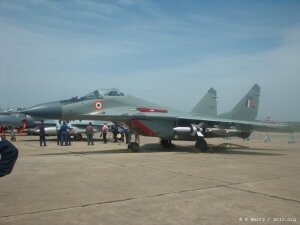
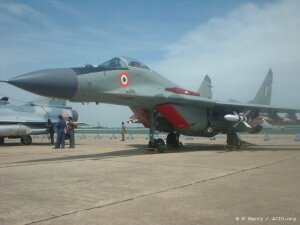
The Phazotron-NIIR N019 radar of the Baaz can track 10 targets in Track-while-Scan (TWS) mode and prioritize two of the most threatening for engagement. Asked to compare this set with the Thomson-CSF RDM on the Mirage-2000H, it was revealed that the N019 has better look-down shoot-down capability, significantly greater range as well as better target discrimination. This should not be taken as a blow to the RDM in anyway since IAF Mirage-2000 pilots were able to score well in the BVR regime against RDI equipped Mirage-2000Cs of the Armee de l'air during the final phases of the Indo-french joint exercise 'Garuda'. Indeed, the N019 has the received an all-positive feedback from the IAF and put in a sterling performance during the Kargil war.
As per the squadron personnel, the IRST of the OEPrNK-29-E2 opto-electronic kompleks has a range of 20 km against a non afterburning target in the head-on aspect. Range is atleast five to six times greater against an afterburning target. Both radar and IRST information can be combined and displayed on the SE-31 integrated display.
IAF MiG-29s have apparently been geared for a higher level of autonomous operation since pilots stress the lack of dependency on the air-to-ground datalink. It is also possible that the capacity of some of the fuel tanks were increased. This particular machine (KB-309) from the No.28 'The First Supersonics' squadron, has been flown non-stop from it's base in Jamnagar in the western state of Gujarat to the city of Chennai in the south-east, a trip of more than 1700 km!
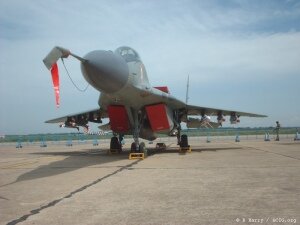
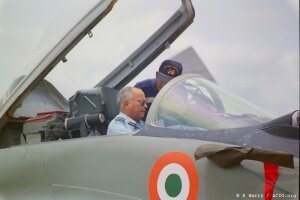
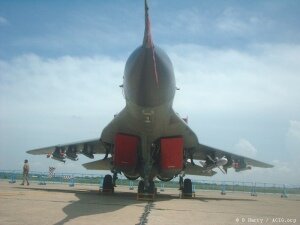
It is now confirmed that all MiG-29s of the IAF are R-77 capable. The service life of the Baaz in the IAF has ranged from one extreme to another. The initial experience with the type was poor due to the collapse of the USSR which hit the support structure. One of the other major problems, as the pilot points out, was frequent FOD due to the placement of the large intakes next to the ground, which unlike the Su-30, had no anti-FOD grille. With some hard work and suitable infrastructure built, the status of the machine today has been boosted from low to the highest. Spares flow for the type has apparently been smooth and the aircraft enjoy high serviceability and flying hours.
(Middle) : AOC-in-C IAF Training command, Air Marshal BK Pandey, inspects the cockpit of the MiG-29.
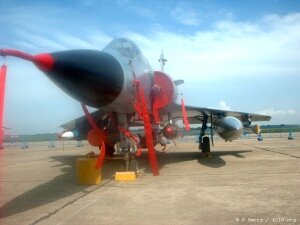
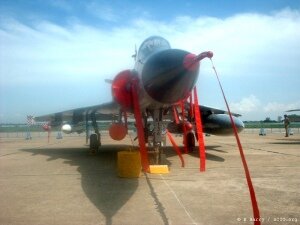
Due to consistent performance throughout it's service life and a superb safety record, the Mirage-2000H 'Vajra' has for long, been the favorite of the IAF. The biggest difference between the Vajra and the Baaz is the absence of multirole capability on the latter, wheras the former achieved outstanding results in the attack role, even under extremely prohibitive conditions. The Vajra is also the IAF's prime nuclear strike aircraft.
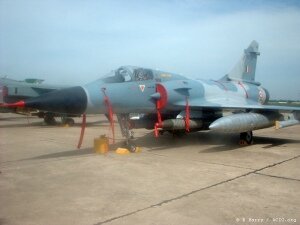

All Mirage-2000Hs of the IAF are capable of carrying the Vympel R-73E although no HMS is used. The Thomson-CSF Remora remains the Vajra's standard ECM pod. Notably, the pod itself has it's own integral pylon interface that also incorporates a small inlet for air-cooling. This machine (KF-136) is armed with a Matra BGL-1000 LGB on the centerline, a Belouga CBU and a single Matra Super-530D BVRAAM. The deployment of Vympel R-77 missiles on the type is being seriously considered.
The IAF has always been an air arm with a slight tilt towards offensive strikes. It's no surprise that 125 new Mirage-2000-5 are being considered for purchase and license production. HAL's Overhaul Division at Bangalore is the only organization outside France authorized to undertake major inspection and servicing of Mirage-2000 aircraft for global customers.
© Copyright 2002-3 by ACIG.org
Top of Page
|
|
 |
Latest ACIG Special Reports
|

|